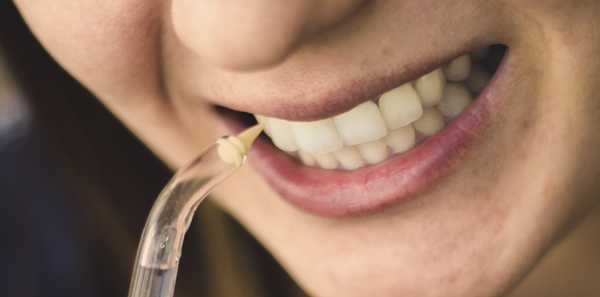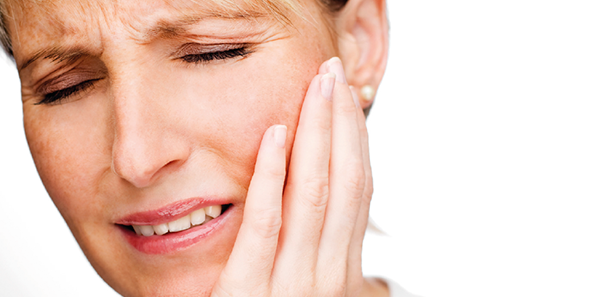
Did you know…?
That according to the National Health Survey, 85-90% of the population over the age of 35 suffer from these pathologies to some degree, mainly gingivitis. The most destructive manifestation of periodontitis affects 30-38% of adults older than 35 years.
What else should you know?
Know the following terms:
- Bacterial plaque: this is the main factor in periodontal or gum disease. Plaque is a thin, harmful layer or film that’s continuously formed as a result of the bacteria that inhabit your mouth (there are more than 700 types) and its accumulation causes gingivitis.
- Gingivitis: this is one of the most common pathologies in humans. It’s reversible and can appear at any age. This superficial inflammation of the gum can be healed with professional cleaning. However, if gingivitis persists and if there are other factors such as stress, tobacco, diabetes or a possible genetic predisposition, periodontitis will eventually develop. The first clearest sign of gum inflammation is bleeding, either during brushing or spontaneously. A healthy gum doesn’t bleed.
- Periodontitis (Piorrhea): is a deep infection of the gum and other tissues that hold the tooth in place and leads to bone loss. In addition to bleeding, you may notice hypersensitivity to cold, tooth mobility or separation, gum recession and bad breath.
What are the consequences?
If they aren’t treated properly and there is no regular periodontal maintenance, these pathologies will get worse, causing the loss of teeth. In addition, the scientific evidence shows that periodontal infection has an impact on general health, increasing cardiovascular risk, complicating the control of blood glucose levels, increasing the likelihood of lung disease and causing complications during pregnancy, with an increased risk of premature delivery. People who smoke are up to three times more likely to have periodontitis and because smoking impedes and reduces blood flow, bleeding from the gums doesn’t always present, making it more difficult to detect early. This means that smokers should be paying special attention to their gum health as well as trying to quit smoking.
How are they treated?
Bacterial plaque control is the best way to prevent periodontal disease. In addition to regular visits to the dentist, everyone should be responsible for their daily oral hygiene by brushing their teeth and interdental spaces, at least three times a day using appropriate brushing techniques and daily use of floss or interdental brushes.
In the case of gingivitis, this is treated by professional prophylaxis — “dental cleaning” — and in the case of periodontitis, by scraping and root planing, cleaning under the gum. In cases of advanced periodontitis, minor surgery may be required. Along with regular cleaning, following an appropriate maintenance programme will strengthen your periodontal health and prevent relapses, ensuring long-term periodontal disease control.
Removing bacterial plaque is the best prevention. Maintenance is the guarantee of periodontal health.
Dr. Tania Savic Musicki
Blancodent Dental Clinic












